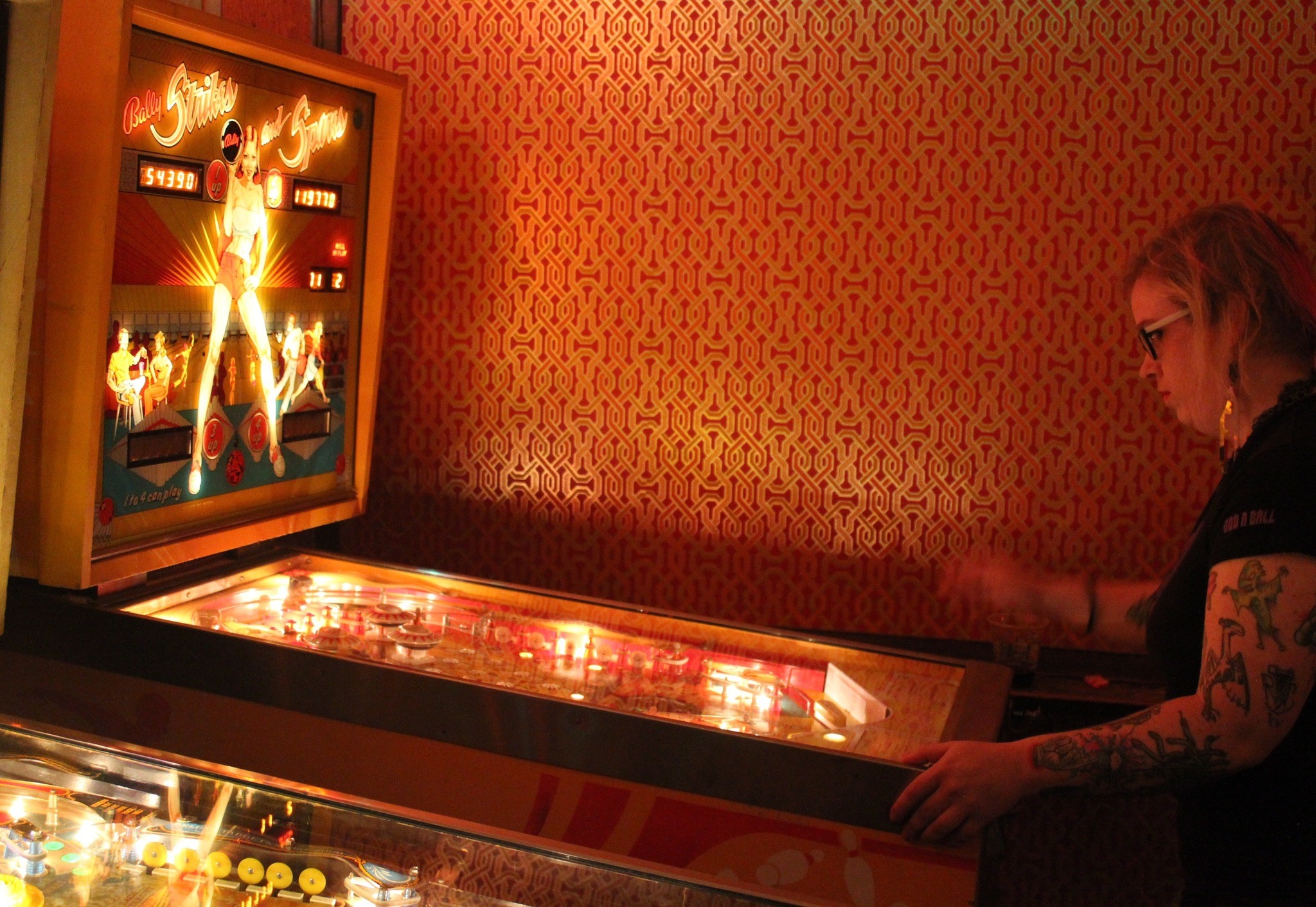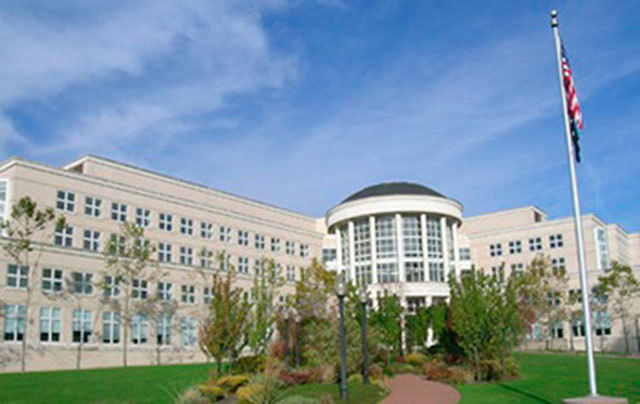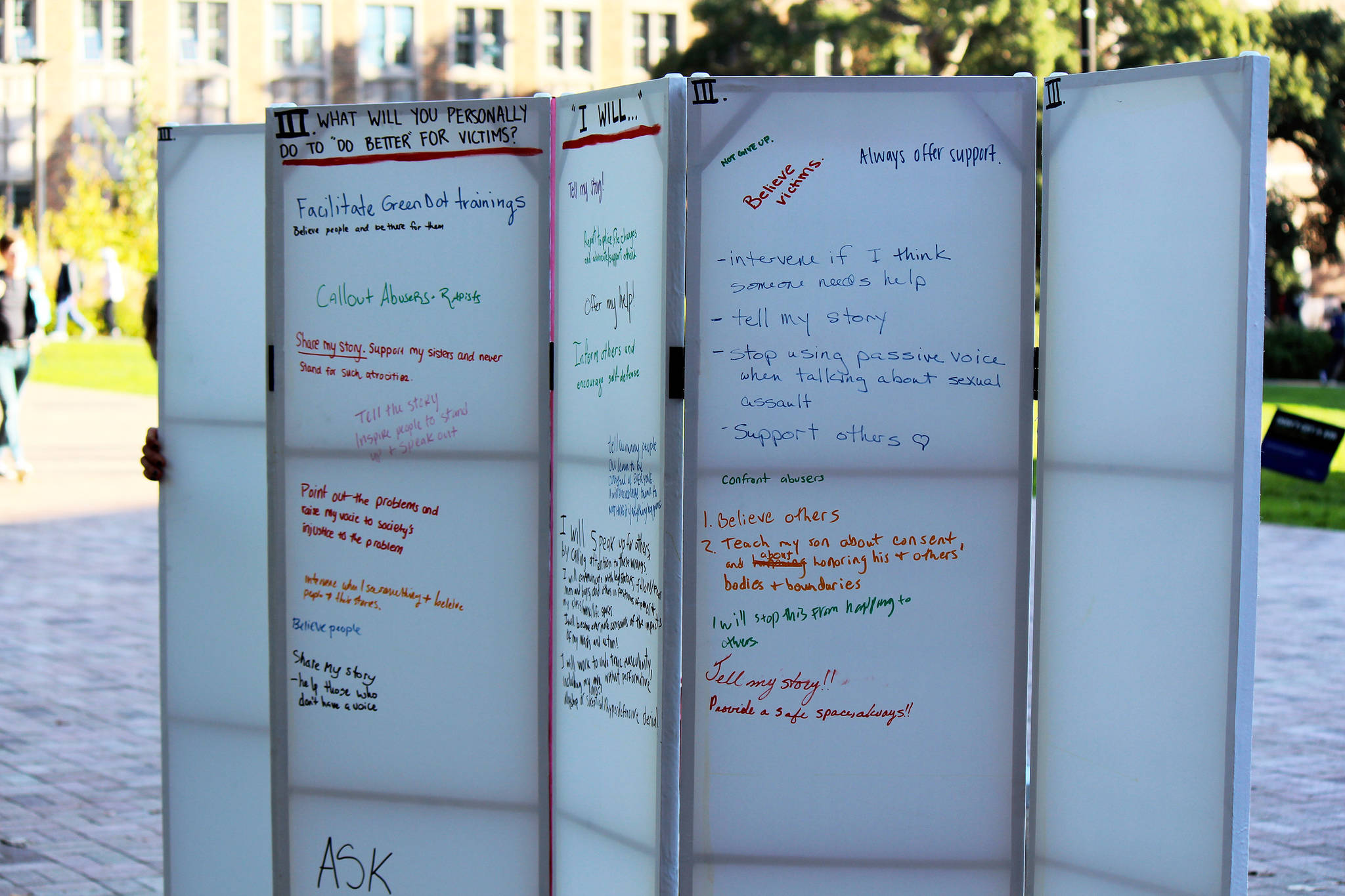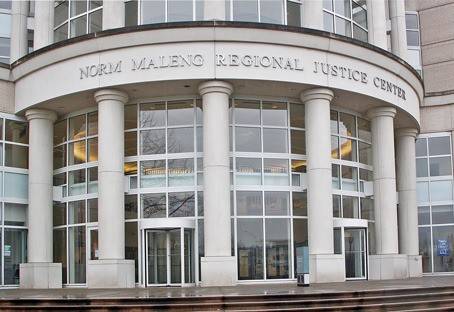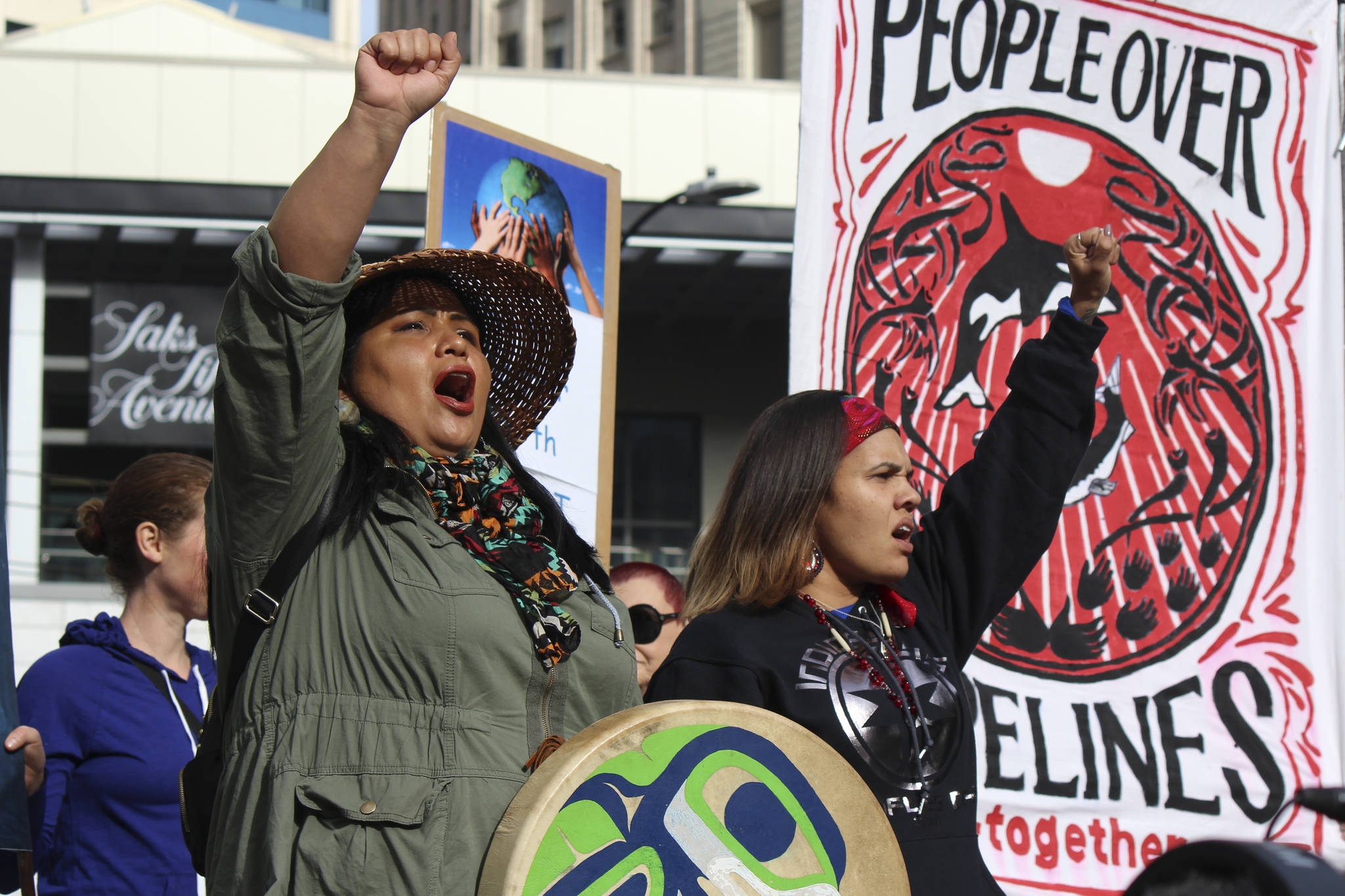When Seattle pinball maven Kayla Greet played her first official tournament in 2009, she was one of about three women in the room. “And then this huge group of guys!” she says, laughing. It wasn’t that she felt intimidated, per se; it was just that such a massive gender imbalance is, inevitably, “something you notice.”
We’re sitting on the patio at Add-A-Ball in Fremont on a cool weekday evening. The gritty and glittery arcade is packed with machines that ping and ding and sparkle; gamers sip beer from plastic cups, then hunch over the pins, their lit-up faces set in concentration. But tonight a good number of those faces are in fact female, because tonight is ladies’ night in Seattle’s remarkably vast pinball universe: It’s Babes in Pinland, a monthly rendezvous and unofficial tournament that Greet created three years ago and hosts here the first Thursday of each month.
The competitive pinball scene, as vibrant as it is these days, is still male-dominated; that is a fact. There are simply far more men—particularly white men—who play pinball. Just peruse the list of ranked champions with the International Flipper Pinball Association (IFPA), for example. You have to get nearly a hundred deep before you get to a single female name.
Yet Greet is determined to change that. She is a die-hard pinball enthusiast—almost, you might say, evangelist. She competed in official tournaments in five states this year; is ranked among the top 750 pinball players in the world; writes about pinball for various zines and outlets; and even runs a podcast about pinball (aka a “pincast”). She started Babes in Pinland after writing a series of women-in-pinball articles for Seattle’s pinball zine, Skill Shot, and Add-A-Ball owner Travis Echert asked if she wanted to start a women’s league; the first tournament ran here in October 2013.
These days, anywhere from 10 to 30 women show up for the monthly competition. Though Alyson Rae has been competing around town for a while, “Babes in Pinland was the first tournament where I felt comfortable learning and making mistakes,” she says, grabbing a beer and readying her stance for the first head-to-head round of the night. “Like … ‘How did you kick my ass that hard?’ ” At Babes, the women in attendance tell me, experienced players are eager to offer new ones both advice and support. It’s “more of a training ground than a competition,” Rae says. “That’s what I love about it… . Every game ends in a hug.”
Case in point: I’m invited to join the tournament tonight, so I play three rounds, and lose each one miserably, of course (the only pinball I’ve any experience with is on a computer in the early 1990s). I’m nevertheless regaled with high-fives, hugs, helpful tips, and lots of genuine enthusiasm for my puny scores. “Wow, that’s great!” exclaims Rae, following my first pathetic loss. “That’s a better score than I got my first time.”
Pinball is huge in Seattle. Greet has dubbed Friday the city’s pinball “Sabbath,” the only day of the week when there is not some kind of official tournament somewhere, and Rae plays in a lot of them. But in part because of the support, the friendship, the camaraderie, Rae says, “This is the one that I don’t miss. Wild horses can’t drag me away from Babes in Pinland.”
In the 1930s through 50s, when pinball was enjoying its first big wave of popularity in the U.S., it was considered a form of illicit gambling. New York and Los Angeles, for instance, banned it as such until the 1970s.
That history might have contributed to its gendered beginnings, muses player Maureen Hendrix, who started getting serious about the game a few months ago. “They were found in, like, dens of iniquity across the United States, and that’s not something ‘a lady would do,’ ” she intones. “I imagine that had something to do with the sort of gendered nature of who plays and who doesn’t.”
More recently, a so-called “man-cave” culture sprang up around the game. When arcade pinball fell out of the mainstream, most tournaments took place in people’s garages, using their private collections. Some of these machines can easily cost some $10,000 or $15,000. “I always think about the gender pay gap,” Greet says.
And the pins themselves, while at times impressive works of art, can also be very misogynistic. “Like, boobs all over the place,” Greet says. “Why would women wanna play this game?” This is a topic of many of Greet’s women-in-pinball articles; she says she’s been banned twice from major manufacturer Stern Pinball’s Facebook page for complaining about sexist art. Some of it really “looks terrible. It’s clearly trying to get a sexual response out of men.” (“Strikes and Spares,” a bowling alley-themed machine at Add-A-Ball, for instance, depicts a cartoonish woman with huge breasts and skimpy shorts and bare midriff, getting ogled by men in the background.)
Longtime player Alexa Philbeck works at an arcade, and, like most pinball enthusiasts, will encourage any frequent patron to join one of Seattle’s myriad official tournaments. She repeatedly finds if she makes the suggestion to a relatively new, female player, “she’ll be kind of hesitant.” But when the player is told “there’s also an all-women’s tournament,” Philbeck says, it’s a paradigm shift. “They’re like, ‘Oh! I could do that.’ ”
Hendrix says she, for one, prefers to “seek out activities where a space is made for women. I don’t want to have to carve that out. It’s exhausting! … So to come into a space where other women have already done that is awesome.”
There’s definitely something empowering for women about the experience. More than one player here tonight began hitting the co-ed tournaments after building confidence through Babes, and some say it’s helped them speak up about their own talent—something women are often, through both subtle and overt socialization, discouraged from doing. For a lot of women, “To be like, ‘I did this thing, I was really good at it’—that is bizarrely hard to say in a sentence,” Hendrix says. Babes in Pinland “is a good arena to practice that in. Like, ‘I did that, I’m proud of that, and I’m being recognized for that.’”
I can’t help asking Greet if she ever encounters any “mansplaining” in the pinball scene. She laughs. “Oh, absolutely! It’s definitely a thing.” Men who aren’t aware of Greet’s accomplishments might say something gauche to her like, “This is where the start button is.”
But she tries to take such things in stride now, partly because pinball players are, in general, a very kind, well-meaning group, and partly because she confesses she might be guilty of the same thing. “I also realize that I do that to people a lot,” she says. “Because I’m so entrenched in this.”
That entrenchment seems to be paying off: The scene is slowly diversifying in Seattle and elsewhere. Only a year ago, the International Flipper Pinball Association separated out a rankings page for women and youth. The Northwest Pinball and Arcade Show, an annual shindig in Tacoma, recently added a women’s championship division. Even pinball manufacturers are multiplying and diversifying, which leads to a more balanced range of artwork, less dominated by a heterosexual male gaze.
“Pinball is growing as a hobby—everyone says it’s experiencing a renaissance right now,” says Philbeck. “[And] If you look at it, it’s not experiencing that renaissance because the same older dudes are playing. It’s experiencing that renaissance because young people and people of color and women are playing more.”
She concedes that on the Internet, the scene is still remarkably male-dominated. “People are like, ‘This is my man cave, this is how pinball has always been to me and I don’t want it to change,’ ” she says.
Greet, with a grin, interjects. “But it’s going to, whether they like it or not.”
sbernard@seattleweekly.com
